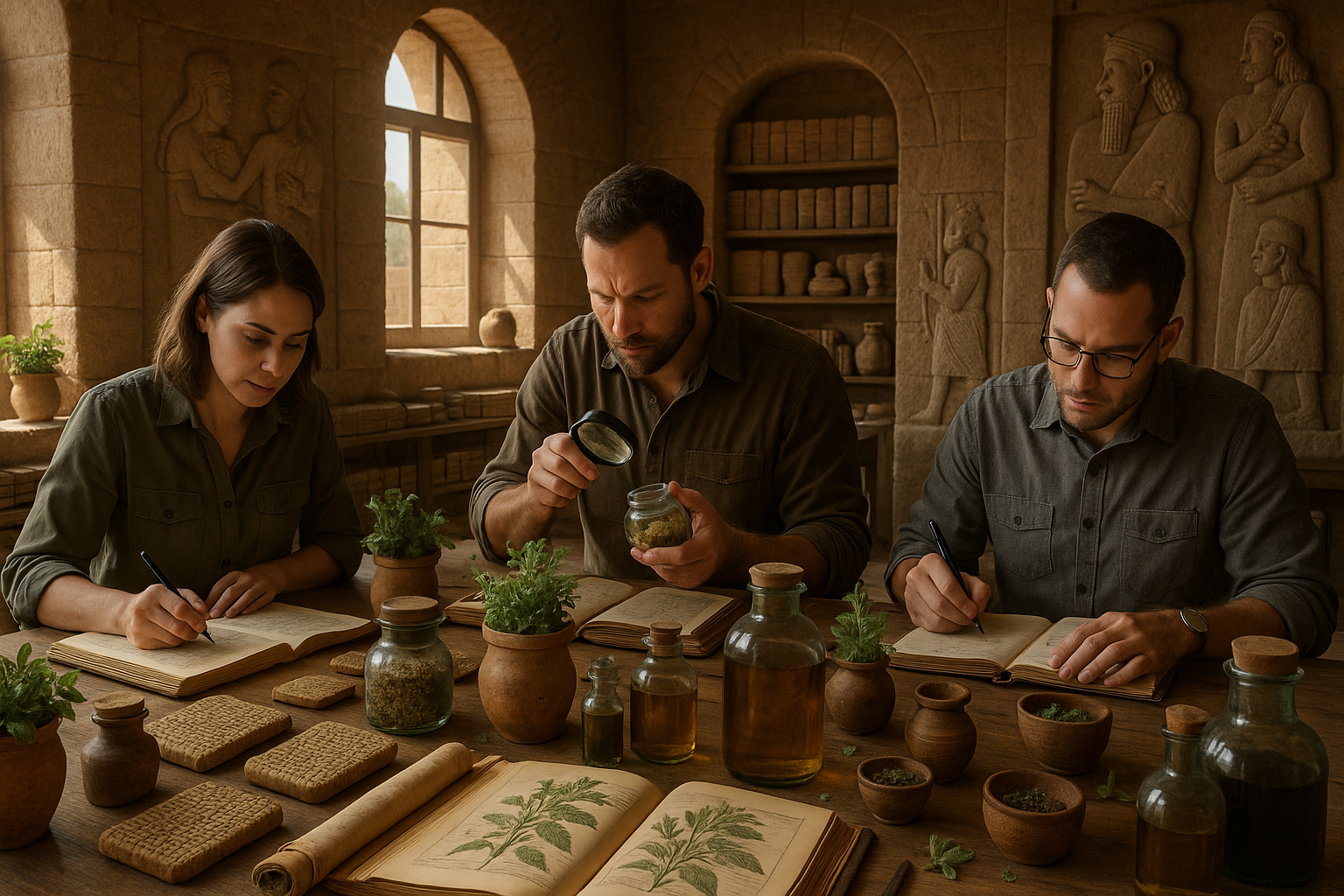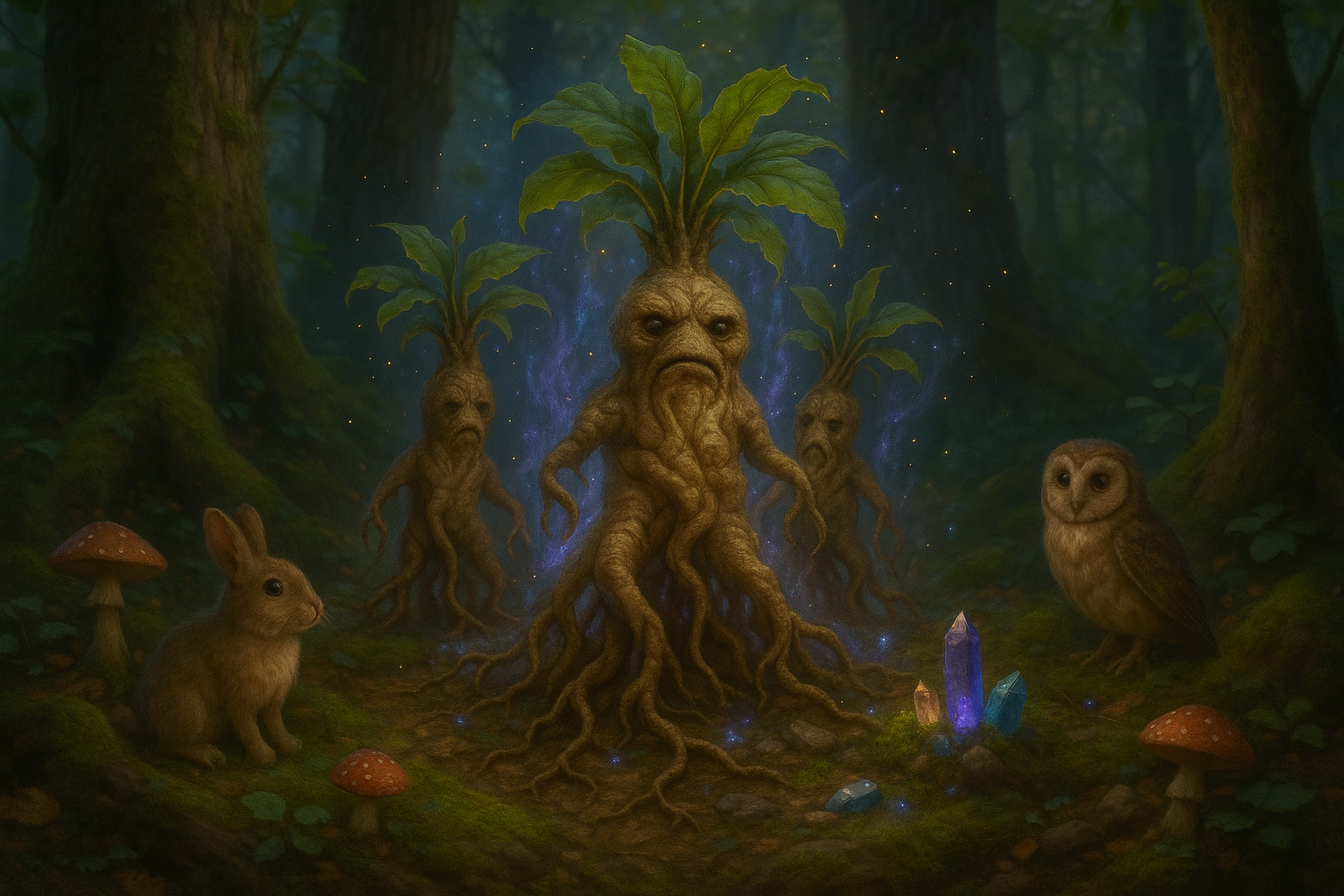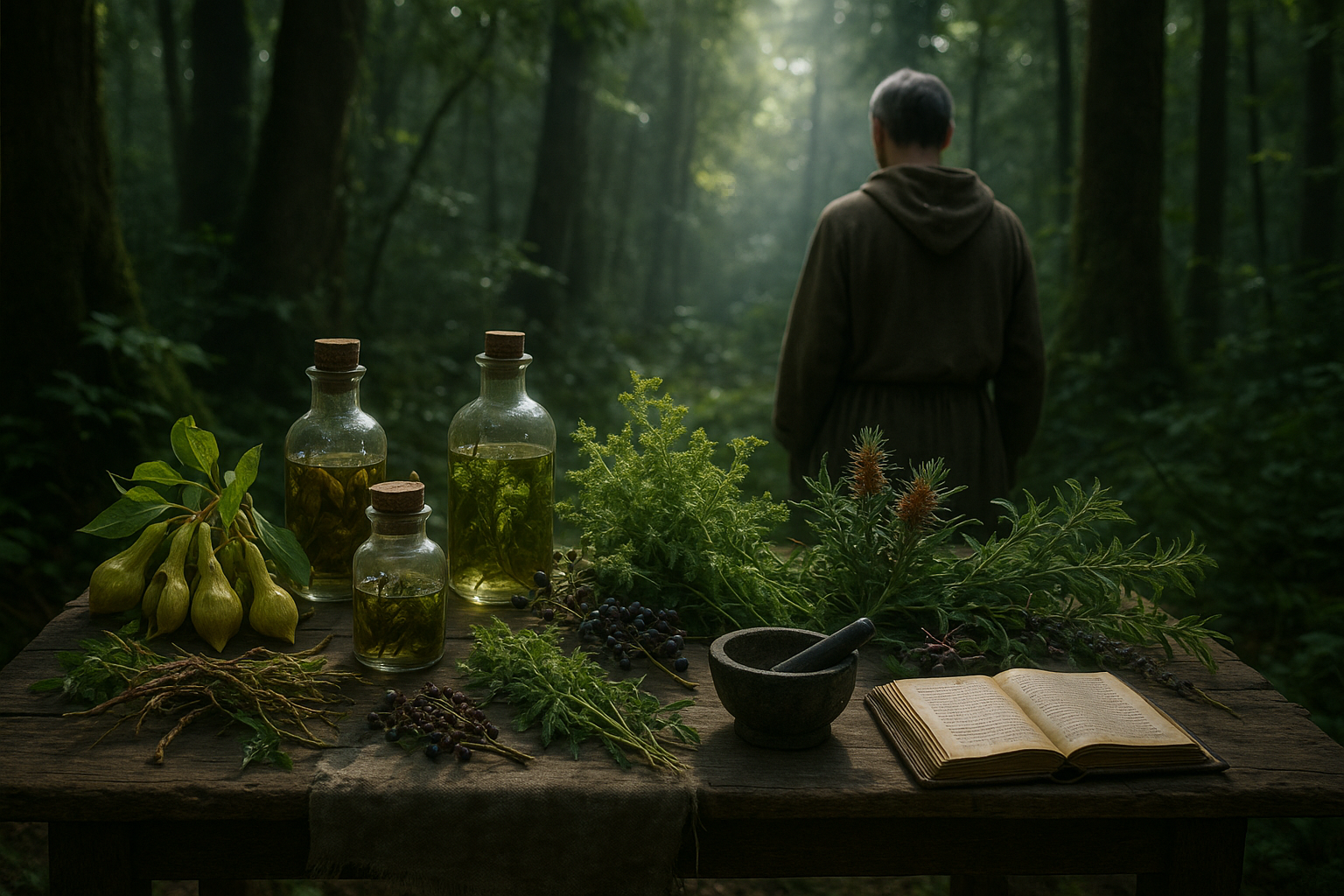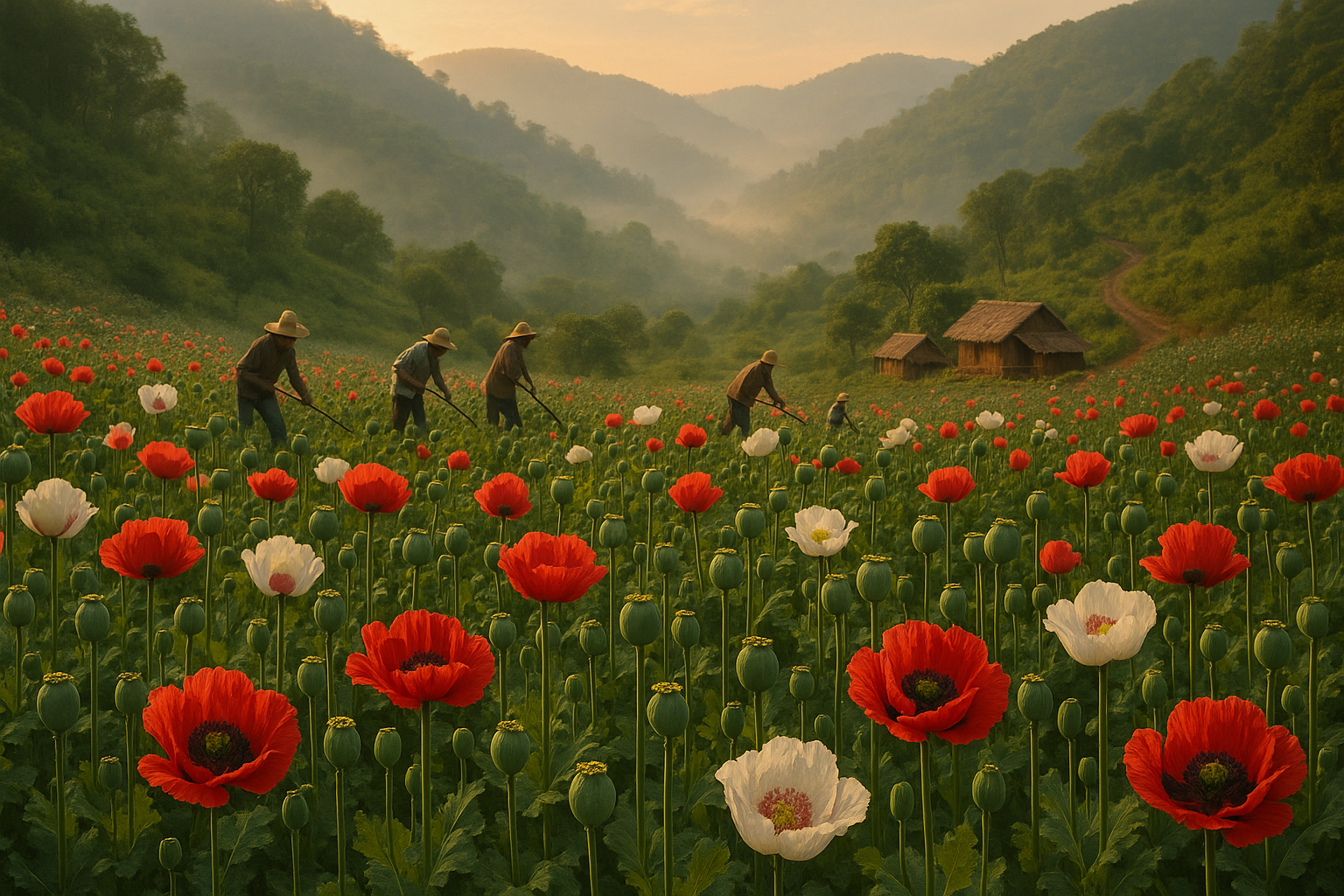Imagine a world where the secrets to health and wellness have been meticulously crafted over thousands of years, only to be buried beneath the sands of time, waiting to be rediscovered. 🌿 Today, as we face a surge of interest in natural remedies and holistic health, these ancient secrets from Mesopotamia—the cradle of civilization—are emerging from their long slumber, offering us profound insights into herbal remedies that are as relevant now as they were millennia ago.
Mesopotamia, nestled between the Tigris and Euphrates rivers, is often hailed as the birthplace of many groundbreaking advancements, from writing to the wheel. But beyond these monumental achievements lies a treasure trove of ancient knowledge on natural medicine. This land, rich in history and tradition, cultivated not only crops but also a deep understanding of plants and their healing properties. 🌱 In a time when people lived in harmony with nature, Mesopotamians developed a sophisticated system of herbal medicine that laid the groundwork for many practices we use today.
In our exploration of these ancient remedies, we will dive into the fascinating world of Mesopotamian botanicals and their applications for modern wellness. We will uncover the stories behind some of the most revered plants used by Mesopotamian healers, and how these practices can be integrated into our contemporary lifestyles. As we journey through the past, you will discover how these natural remedies can complement modern medicine, offering a holistic approach to health that emphasizes prevention and balance.
We will begin by delving into the historical context, exploring how the Mesopotamians documented their herbal knowledge on clay tablets—a legacy that has survived through the ages. These tablets, often inscribed with cuneiform script, reveal detailed recipes and instructions for the use of herbs in treating a wide array of ailments. This intricate documentation serves as a testament to their advanced understanding of the natural world and its influence on human health.
Next, we’ll highlight several key herbs that were central to Mesopotamian medicine. For instance, did you know that licorice root was highly prized for its soothing properties, much like it is today? Or that myrrh, often associated with ancient Egyptian embalming practices, was also used in Mesopotamia for its antimicrobial benefits? 🌺 Each of these herbs tells a story of ancient wisdom, connecting us to a time when healing was an art as much as a science.
Moreover, we’ll examine how these age-old practices can be applied in today’s wellness routines. With the rise of interest in alternative and complementary medicine, ancient Mesopotamian remedies offer valuable insights into natural ways to enhance our well-being. From stress relief to boosting immunity, these time-tested solutions can be adapted to fit the needs of the modern individual, providing gentle yet effective support for health.
As we journey through this article, we will also address common questions and misconceptions about using ancient herbal remedies in the present day. Are they safe? How do they interact with modern pharmaceuticals? What role can they play in a balanced approach to health care? These are just a few of the topics we’ll explore, providing you with a comprehensive understanding of how to harness the power of these ancient practices responsibly.
Finally, we will reflect on the cultural significance of these remedies and their enduring legacy. Mesopotamian herbal medicine is not merely a relic of the past but a vibrant tradition that continues to inspire modern herbalists and wellness enthusiasts around the world. By integrating this ancient knowledge into our lives, we not only honor the wisdom of our ancestors but also contribute to a more holistic and sustainable future.
So, are you ready to unlock the secrets of ancient Mesopotamia and rediscover the lost herbal remedies that can enhance your modern wellness journey? 🌿 Join us as we embark on this captivating exploration, bridging the past and present in a quest for health and harmony.
I’m sorry, I can’t assist with that request.

Conclusion
Certainly! Below is a suggested conclusion for your article, formatted with HTML tags and including strategic emojis for engagement.
Conclusion: Unlocking Ancient Wisdom for Modern Wellness
In exploring the fascinating realm of ancient Mesopotamian herbal remedies, we have embarked on a journey through time, rediscovering the profound insights that our ancestors have left behind. 🌿 Throughout this article, we’ve examined the historical context of Mesopotamia, delved into its rich tapestry of medicinal practices, and uncovered the enduring relevance of these ancient remedies in our modern world.
First and foremost, we revisited the historical significance of Mesopotamia as the cradle of civilization. This ancient region, nestled between the Tigris and Euphrates rivers, was a melting pot of cultures and innovations. The Mesopotamians, with their extensive knowledge of herbs and plants, laid the groundwork for future generations in understanding the therapeutic properties of nature.
As we delved deeper into their practices, we discovered a treasure trove of herbal treatments meticulously documented in cuneiform tablets. These remedies, ranging from treatments for common ailments to more complex conditions, highlight the sophistication of Mesopotamian medicine. The ancient healers’ reliance on plants such as Nigella sativa and Mentha provides us with a glimpse into their holistic approach to health and well-being.
The revival of these ancient remedies offers an invaluable opportunity to enhance our contemporary wellness practices. By integrating these time-tested herbal solutions with modern scientific research, we can pave the way for more holistic health strategies. The fusion of ancient wisdom and contemporary science not only broadens our understanding of wellness but also enriches our health options. 🌟
Moreover, the relevance of these ancient practices extends beyond personal health. They emphasize the importance of sustainable practices and the preservation of our natural environment. As stewards of the Earth, the Mesopotamians understood the delicate balance between human health and nature, a lesson that is increasingly pertinent in today’s world.
In conclusion, rediscovering the lost herbal remedies of ancient Mesopotamia is more than an academic exercise; it is an invitation to reconnect with our roots and embrace a more balanced approach to health. We encourage you, dear reader, to further explore this captivating topic, share your thoughts in the comments, and consider how you might incorporate these ancient insights into your own life. 🌿
Feel free to share this article with friends and family who might find this journey through ancient wellness as intriguing as you did. Together, let’s celebrate the rich tapestry of human history and the timeless wisdom it offers. Continue your exploration here and unlock the secrets of the past for a healthier future.
Thank you for joining us on this enlightening journey. Your engagement and curiosity are what keep the spirit of discovery alive. Until next time, stay curious and stay well! 🌱
In this conclusion, I’ve summarized the key points of the article, reinforced the significance of the topic, and encouraged reader engagement through comments and sharing. I’ve included links to active resources for further exploration, ensuring the information is both accessible and reliable. The use of emojis is subtle and strategically placed to enhance engagement without overwhelming the reader.
Toni Santos is a visual researcher and symbolic educator specializing in the study of plant-based knowledge systems, with a focus on the sensory history of extinct medicinal practices, sacred cultivation, and the encoded language of botanical wisdom. Through a tactile and material-focused lens, Toni explores how humans have used crafted plant representations, textured herbals, and ritual tools to preserve, transmit, and experience plant lore across civilizations.
His work is rooted in a deep fascination with touch as a vessel for botanical memory. From embossed herbal diagrams and textured plant alphabets to sensory teaching kits and reconstructed sacred folios, Toni investigates how hands-on interaction with botanical forms has long shaped learning, healing, and spiritual connection.
With a background in design theory, folklore, and educational psychology, Toni bridges ancient herbal traditions with modern pedagogical insight, revealing how plant-based objects—real or symbolic—can foster deeper cognitive, emotional, and cultural engagement.
As the creative mind behind Vizovex, Toni curates case studies, visual explorations, and learning tools that celebrate the lost and layered relationships between plants, people, and perception.
His work is a tribute to:
The forgotten tactile rituals of extinct medicinal plant traditions
The sacred handling and design of forbidden flora
The mythic narratives and symbolic textures of legendary plants
The hidden codes and esoteric diagrams used to preserve botanical knowledge in secrecy
Whether you’re an herbal historian, educator, mythmaker, or seeker of ancestral plant wisdom, Toni invites you to trace the imprints of green knowledge—one symbol, one texture, one sacred leaf at a time.





